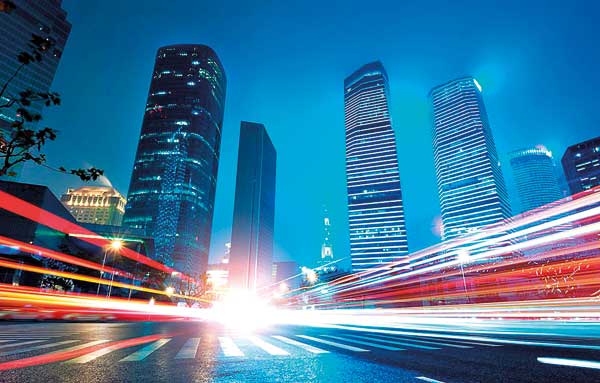11 Nov 2015 - {{hitsCtrl.values.hits}}

.jpg) Amongst many technological notions and ideas that have been discussed since the dawn of the millennium, the ‘smart city’ concept has been one of the best-spoken theories around the world at many forums and discussions. With the population growing and the demand for natural resources and services increasing, public and private institutes are working around the clock to find a sustainable solution and for many of these institutes, developing smart cities has looked more viable and future-oriented.
Amongst many technological notions and ideas that have been discussed since the dawn of the millennium, the ‘smart city’ concept has been one of the best-spoken theories around the world at many forums and discussions. With the population growing and the demand for natural resources and services increasing, public and private institutes are working around the clock to find a sustainable solution and for many of these institutes, developing smart cities has looked more viable and future-oriented..jpg)
26 Nov 2024 1 hours ago
26 Nov 2024 3 hours ago
26 Nov 2024 3 hours ago
26 Nov 2024 4 hours ago
26 Nov 2024 5 hours ago